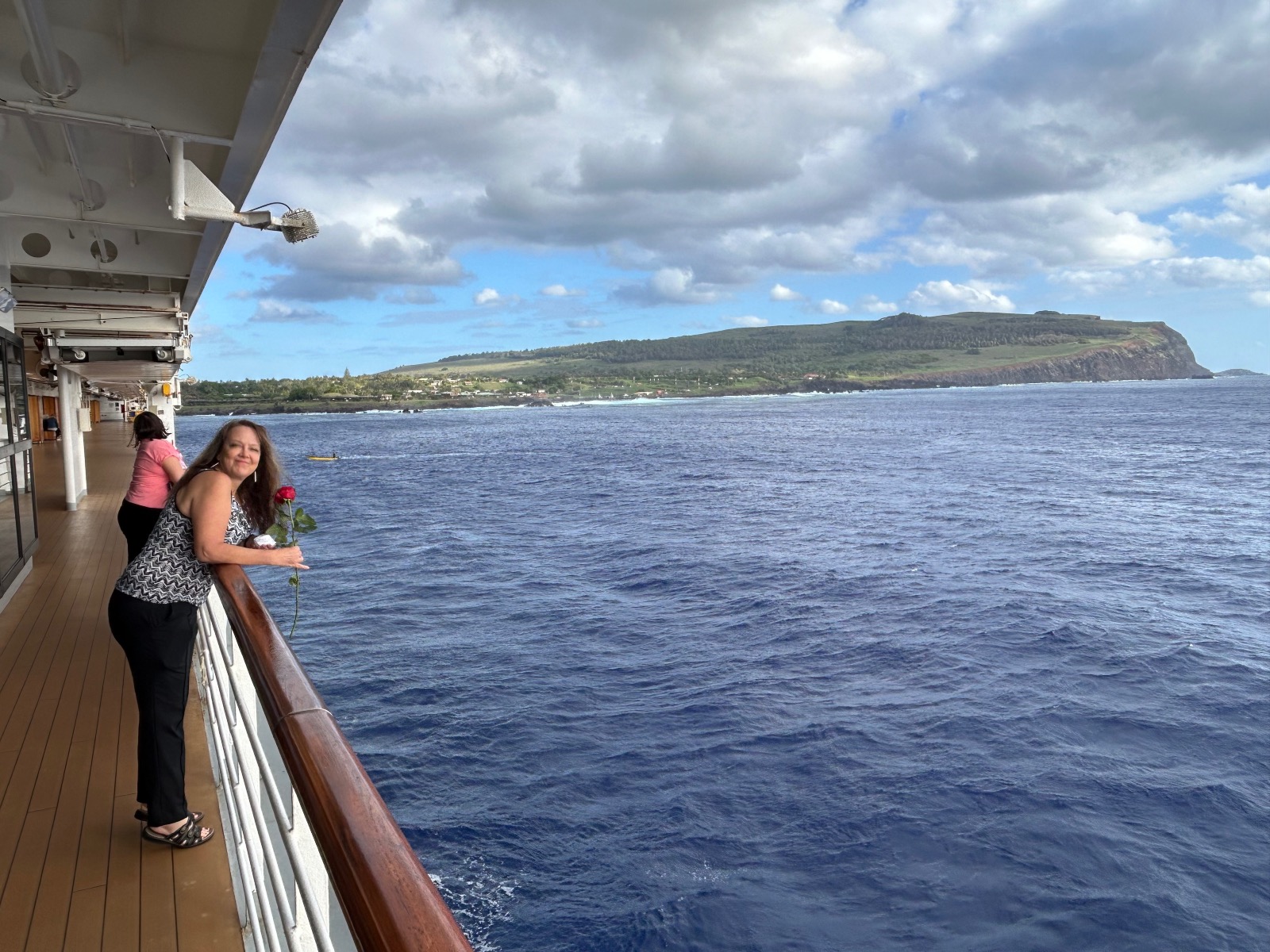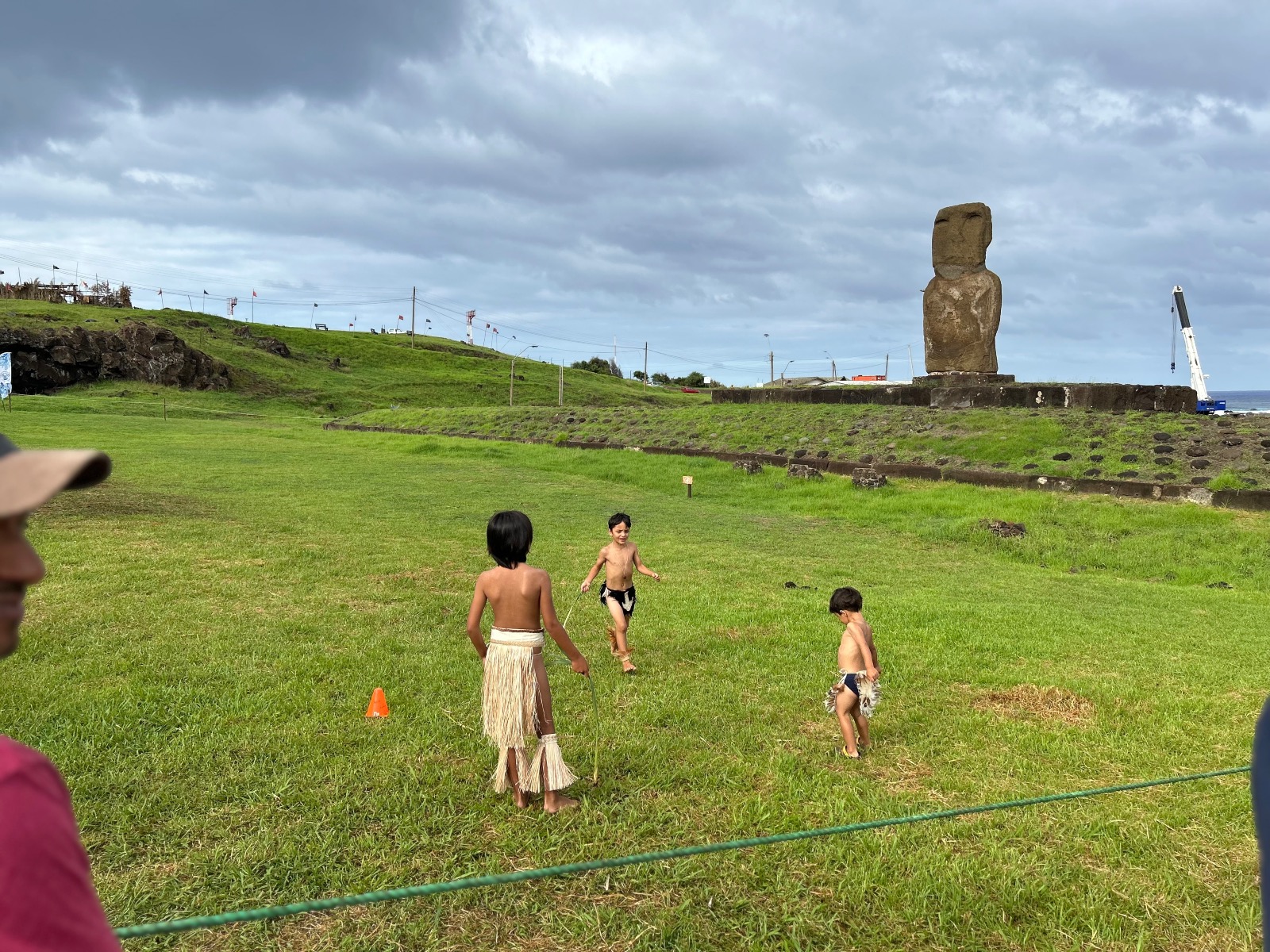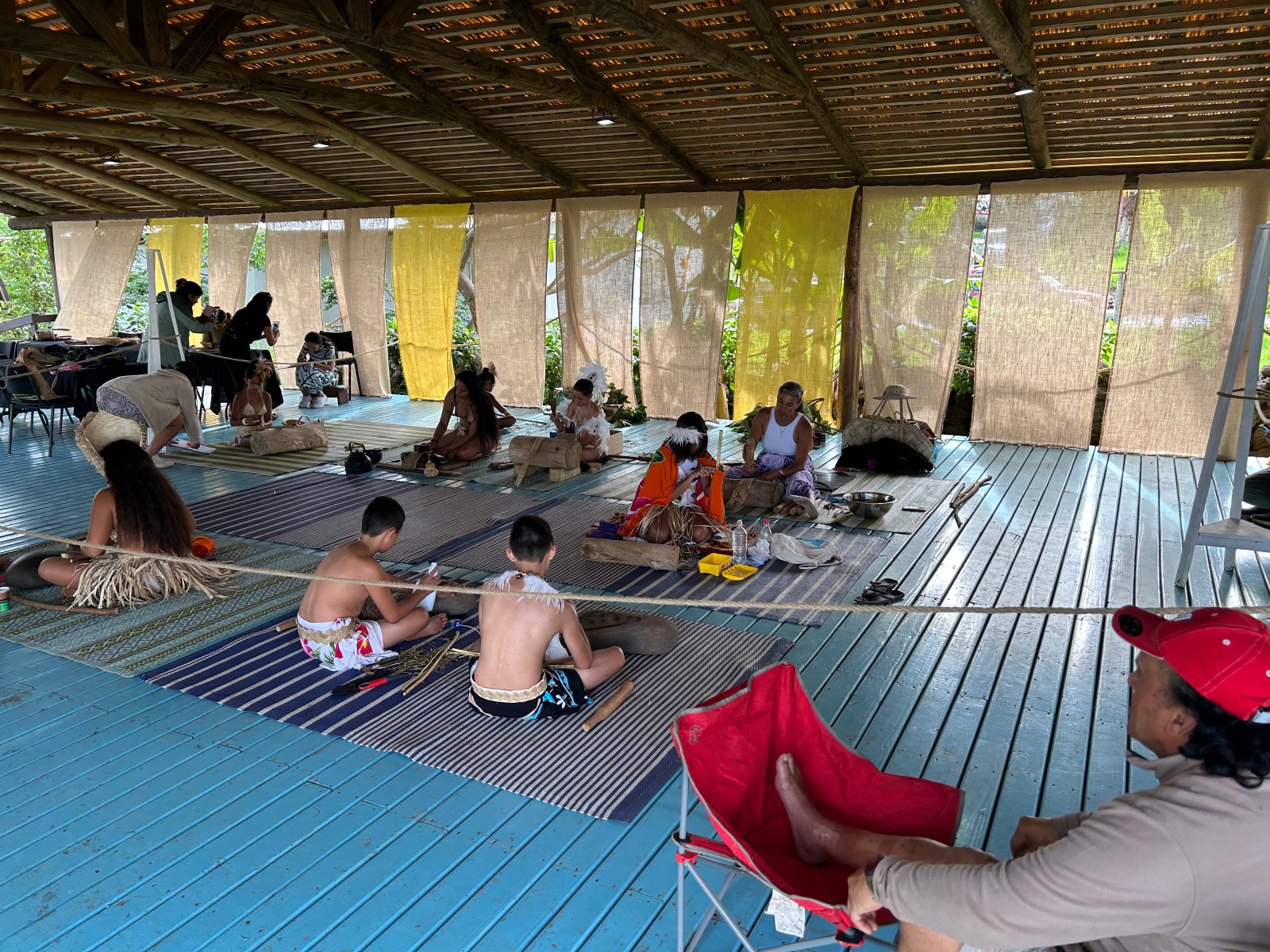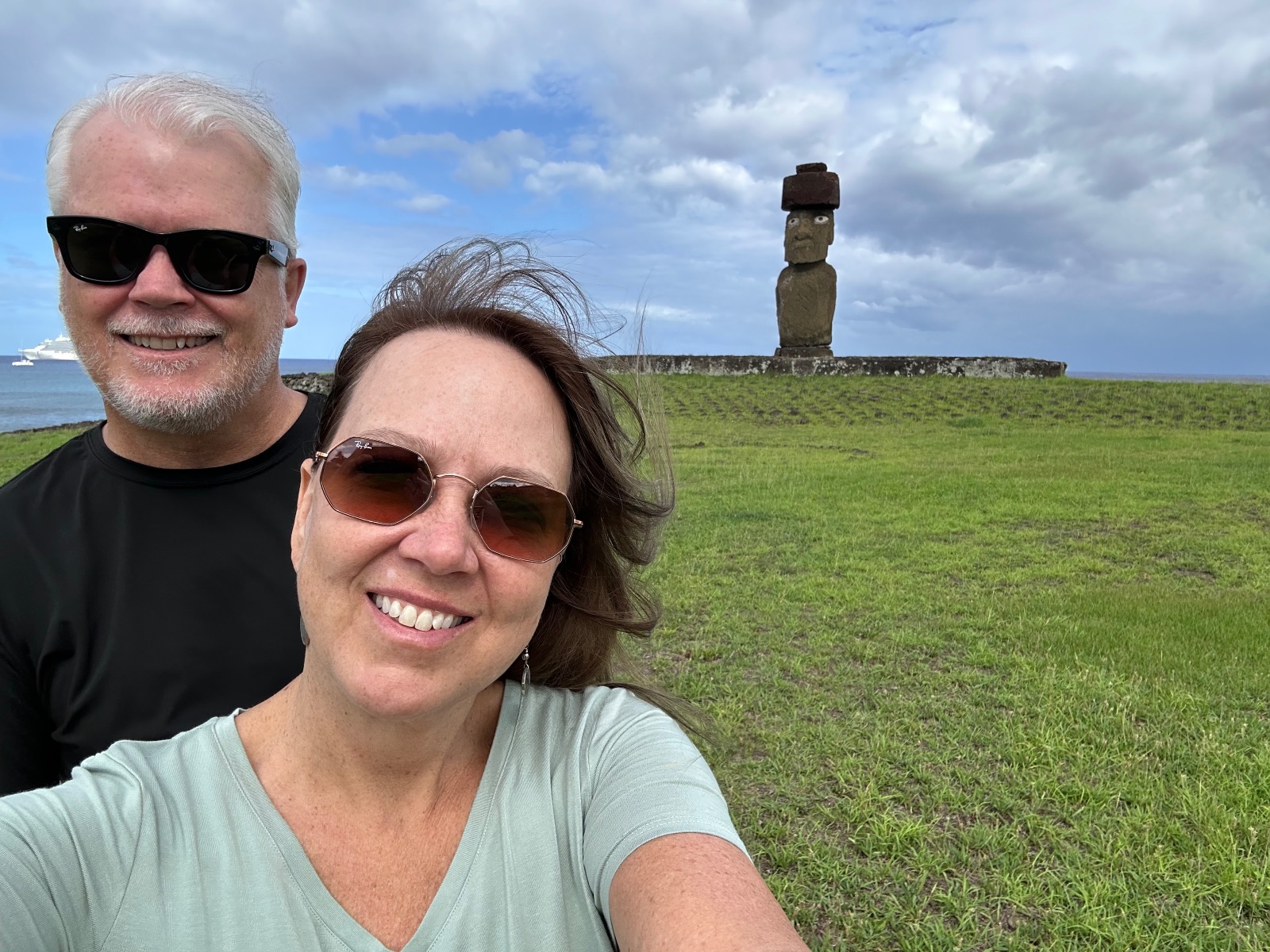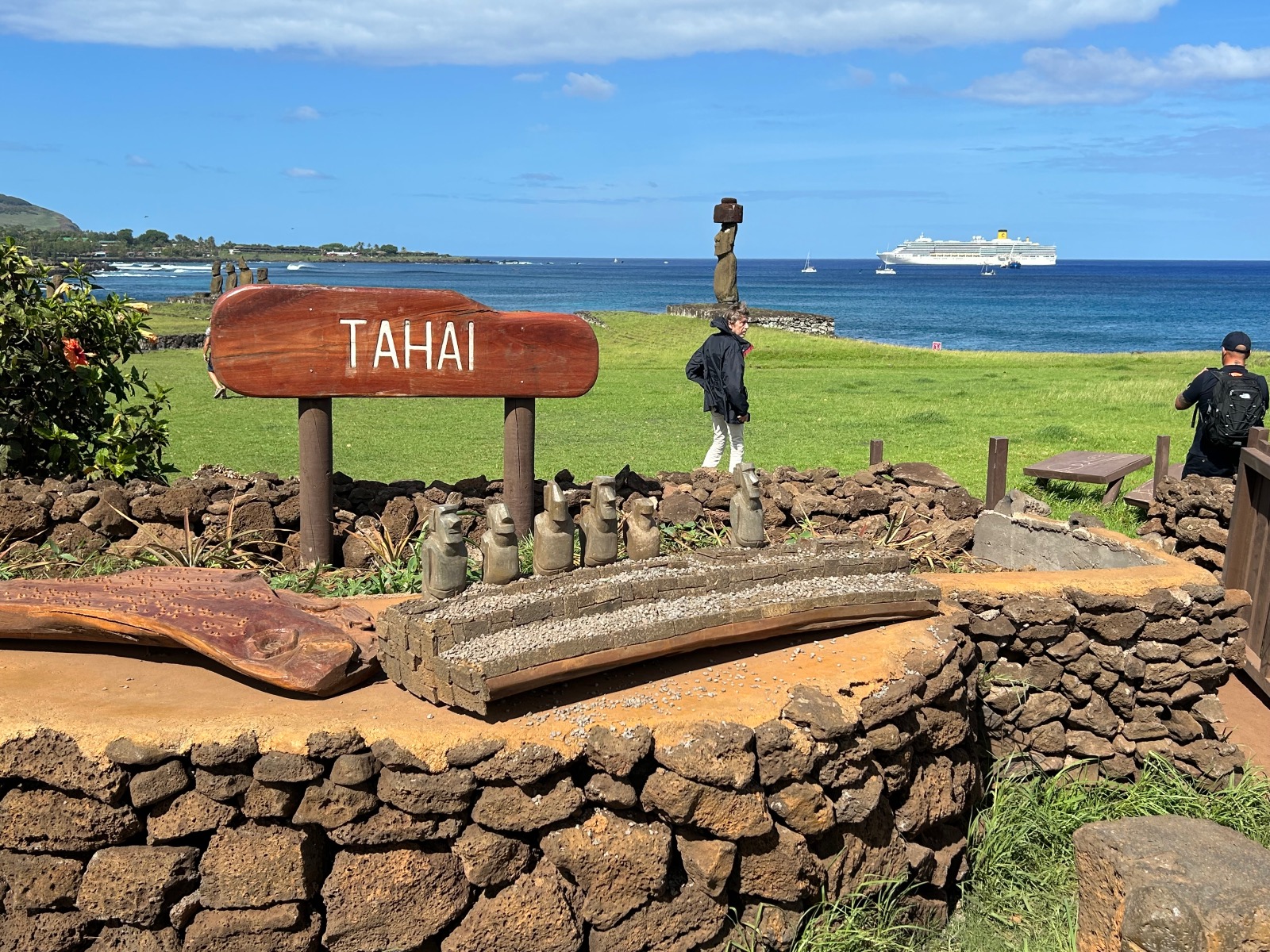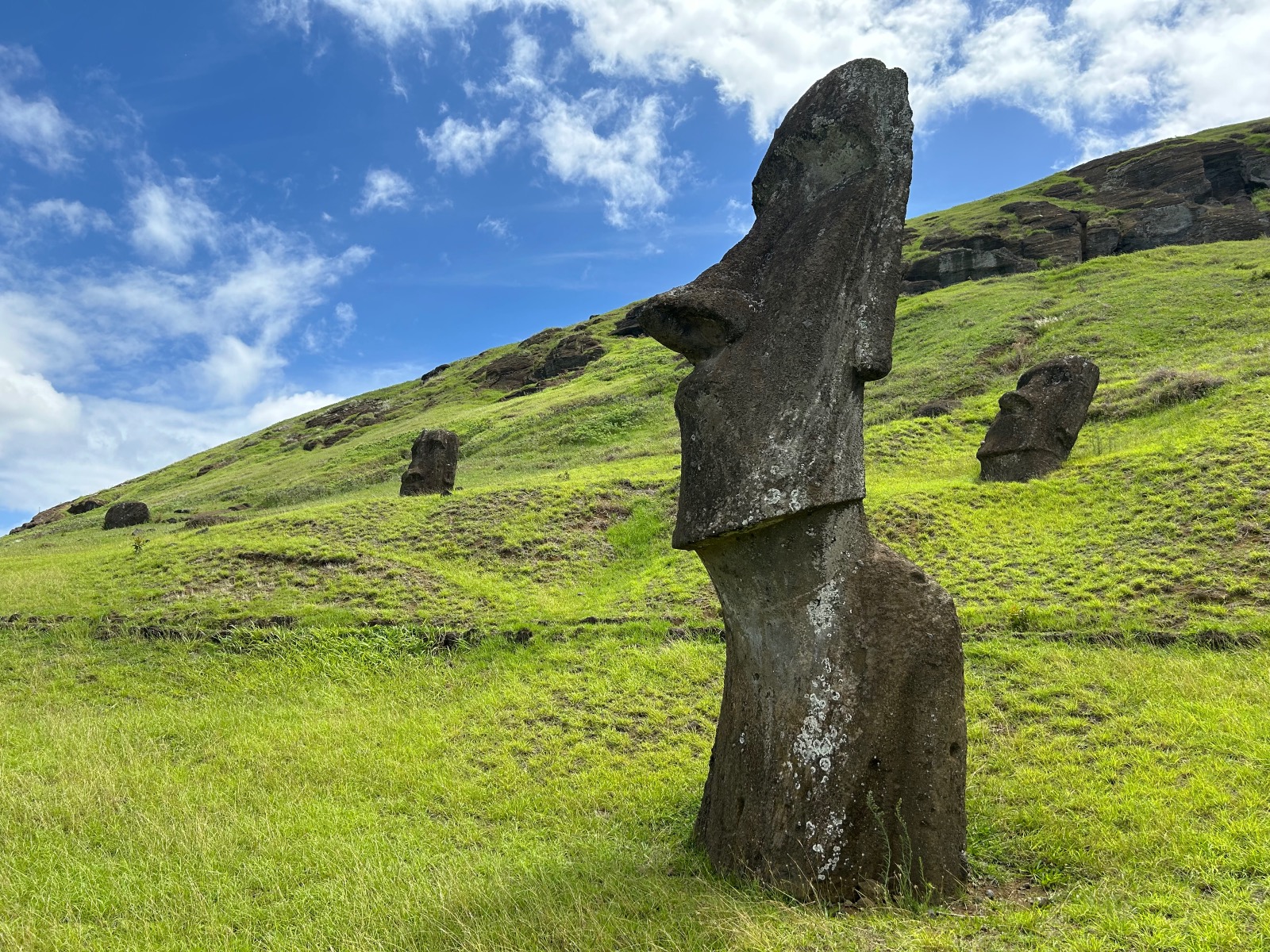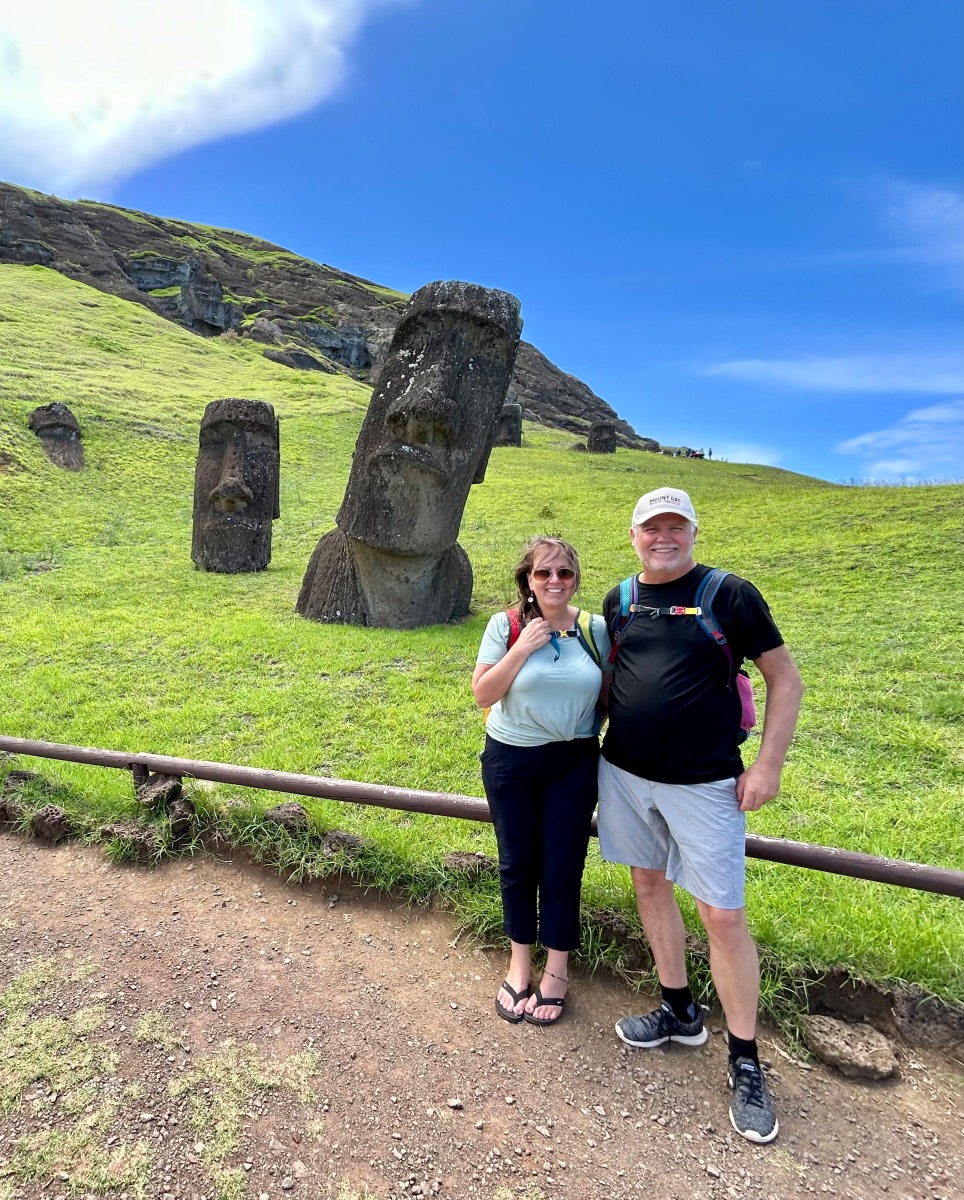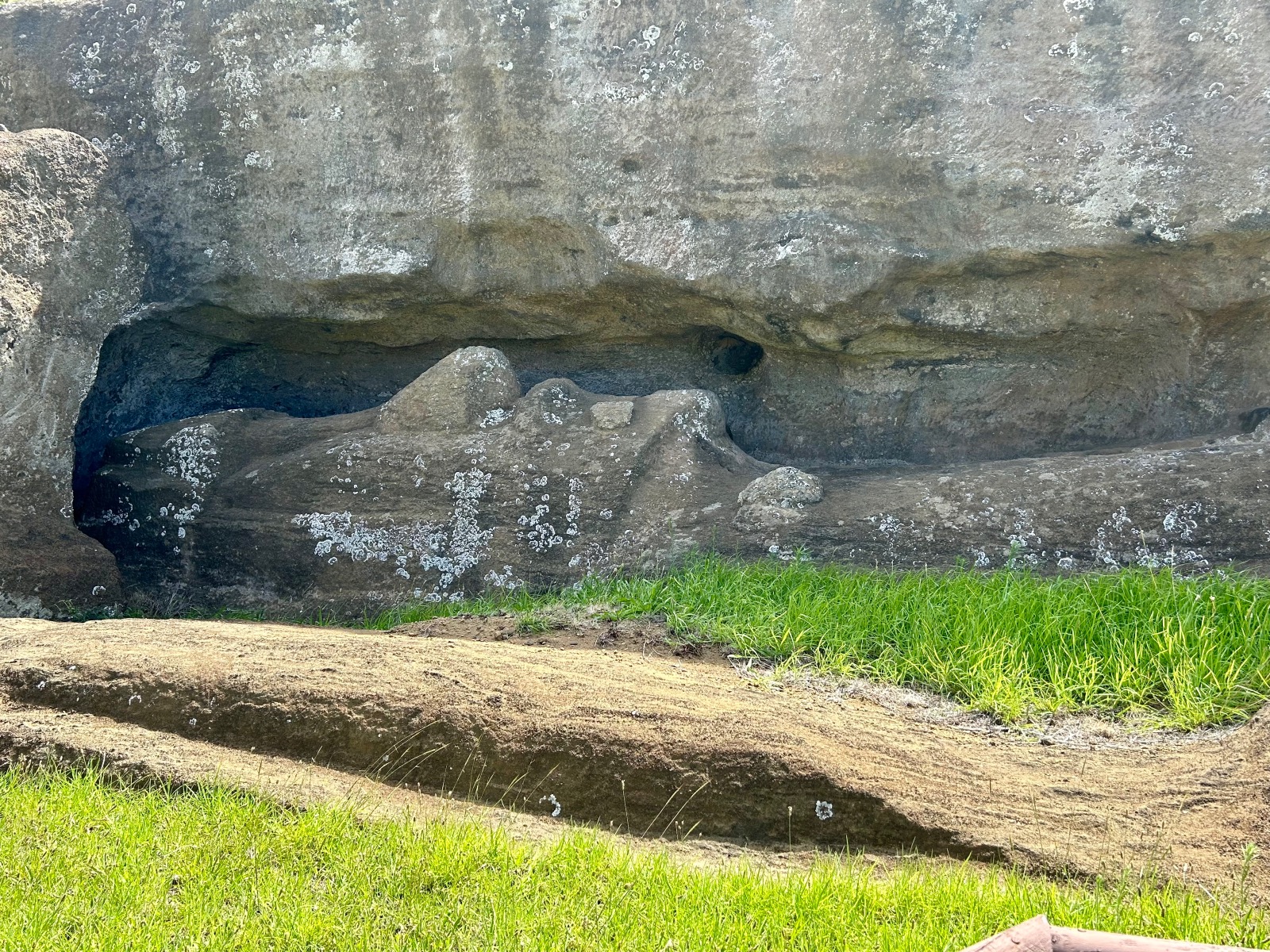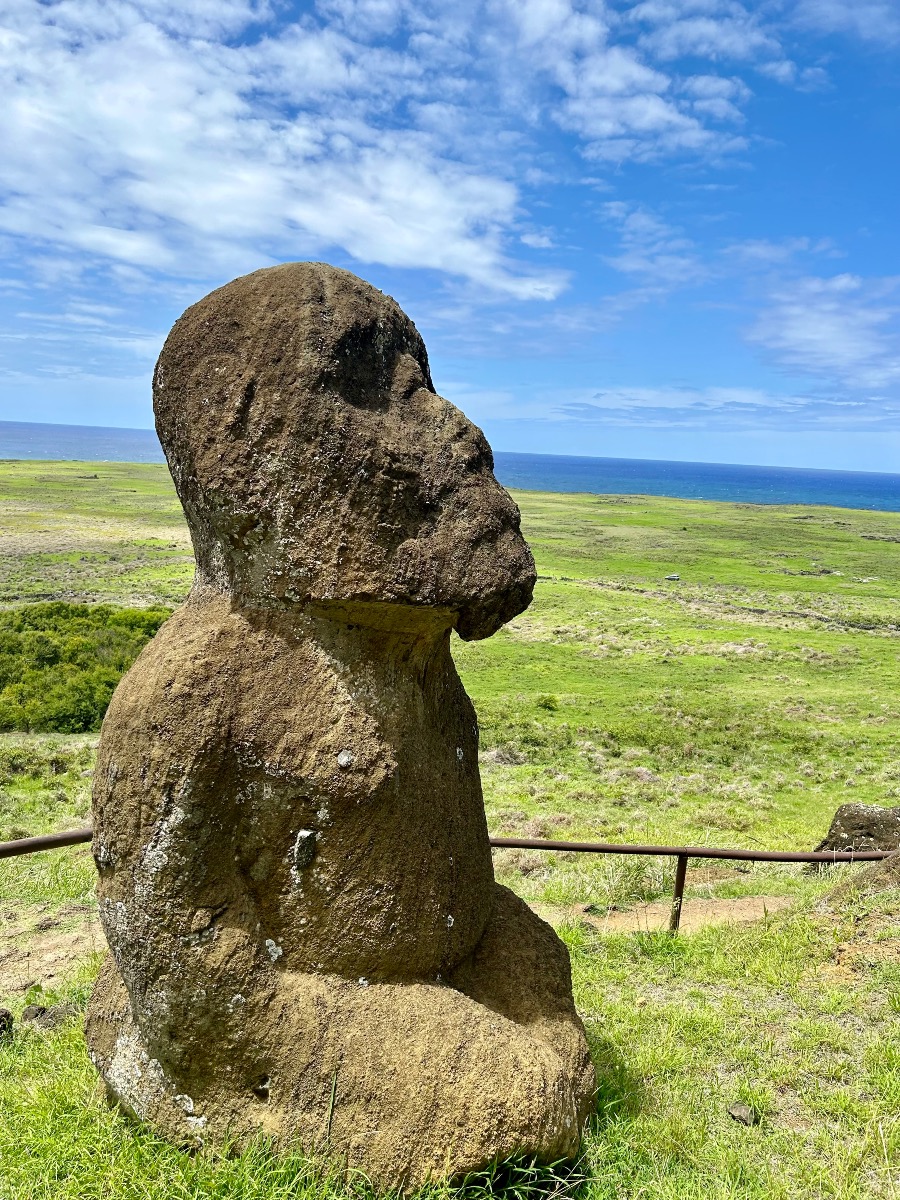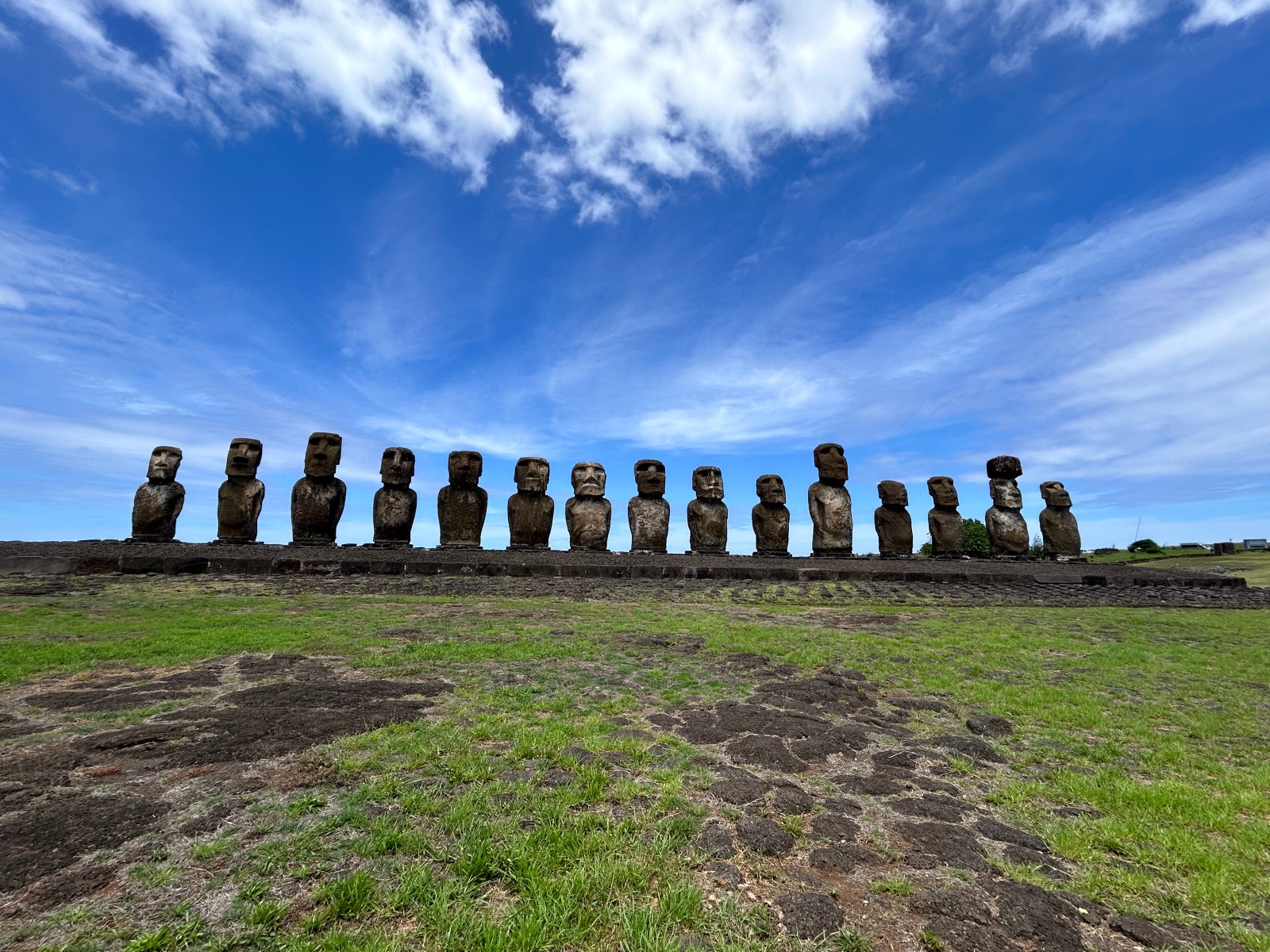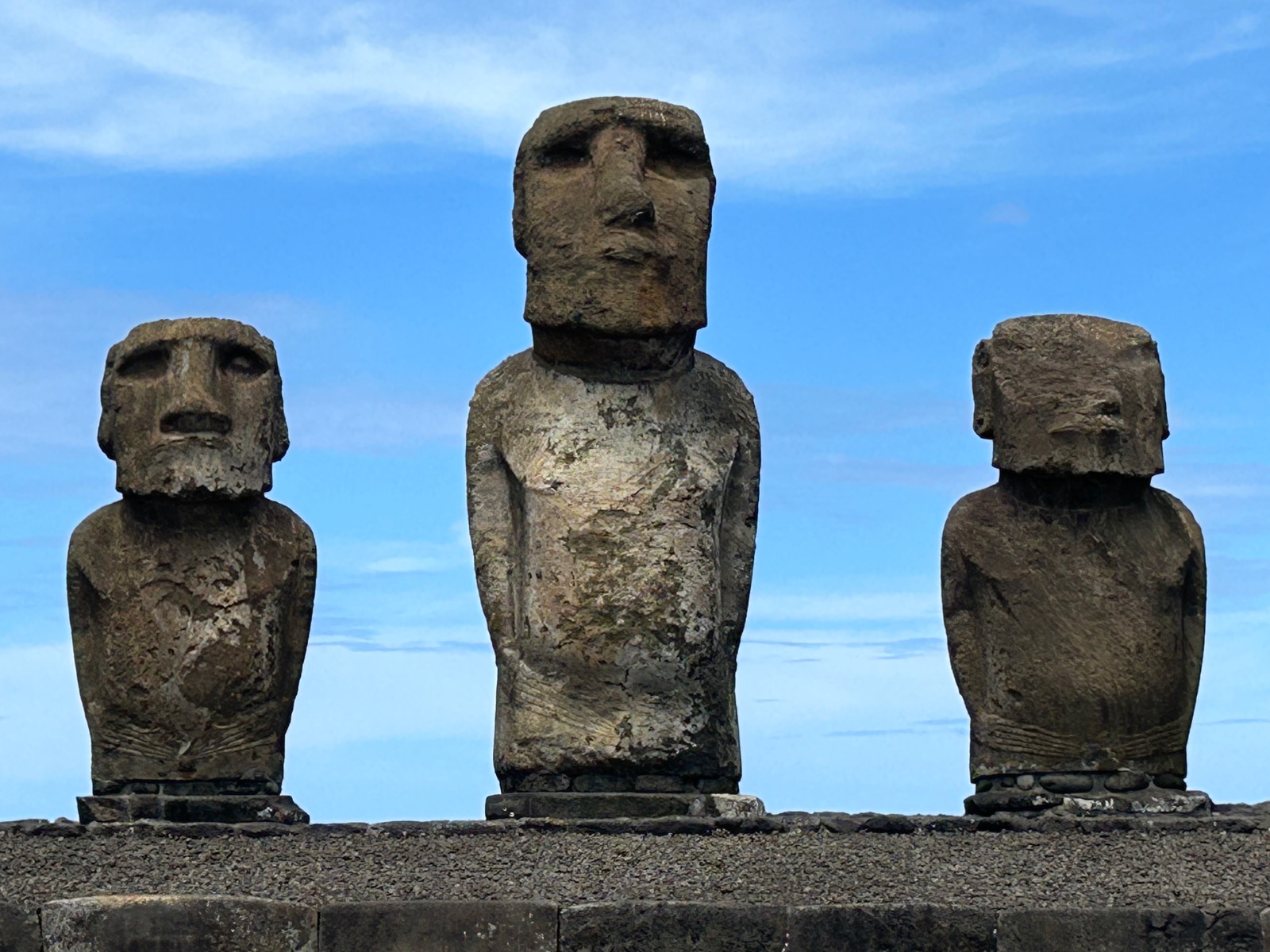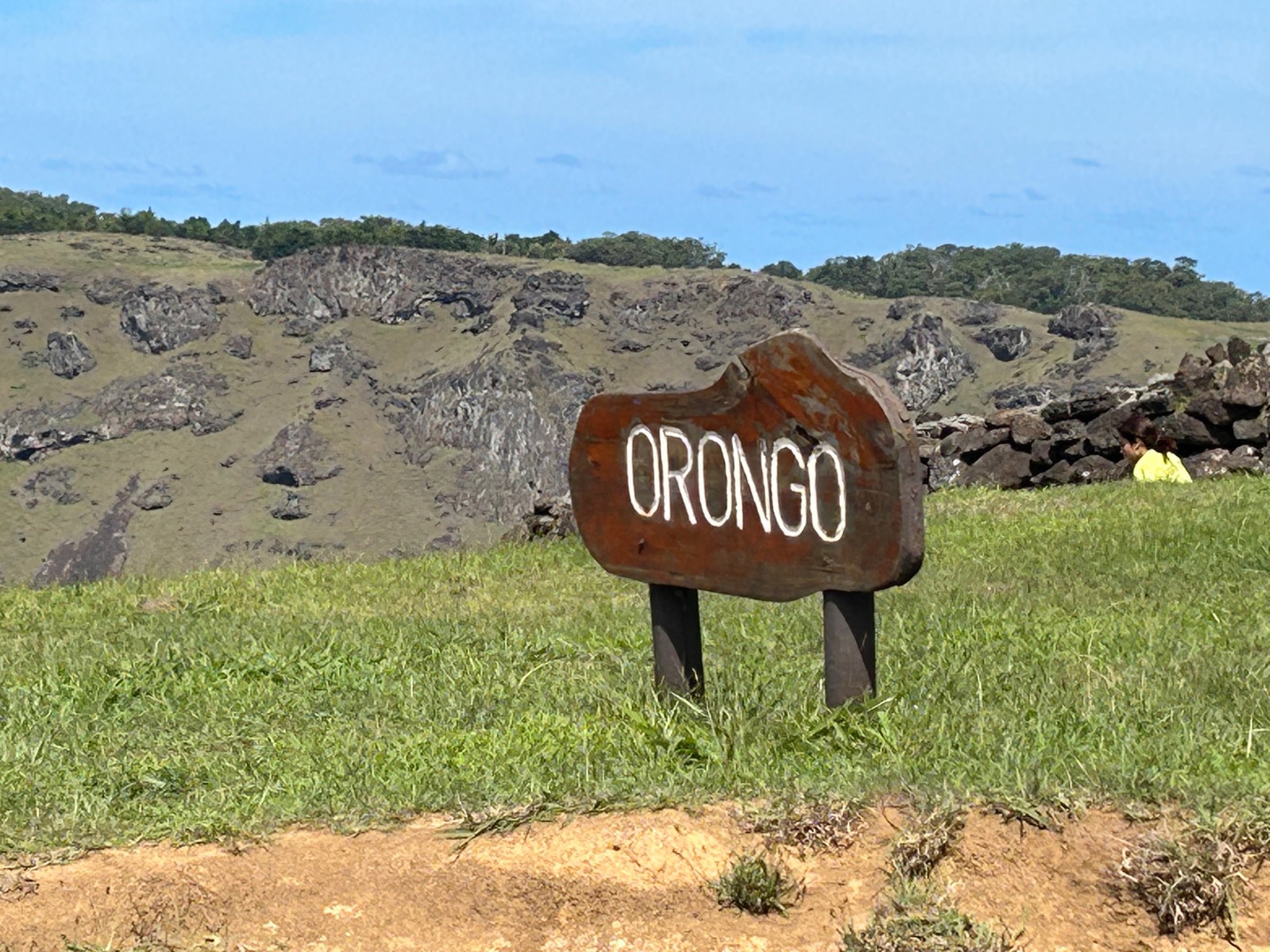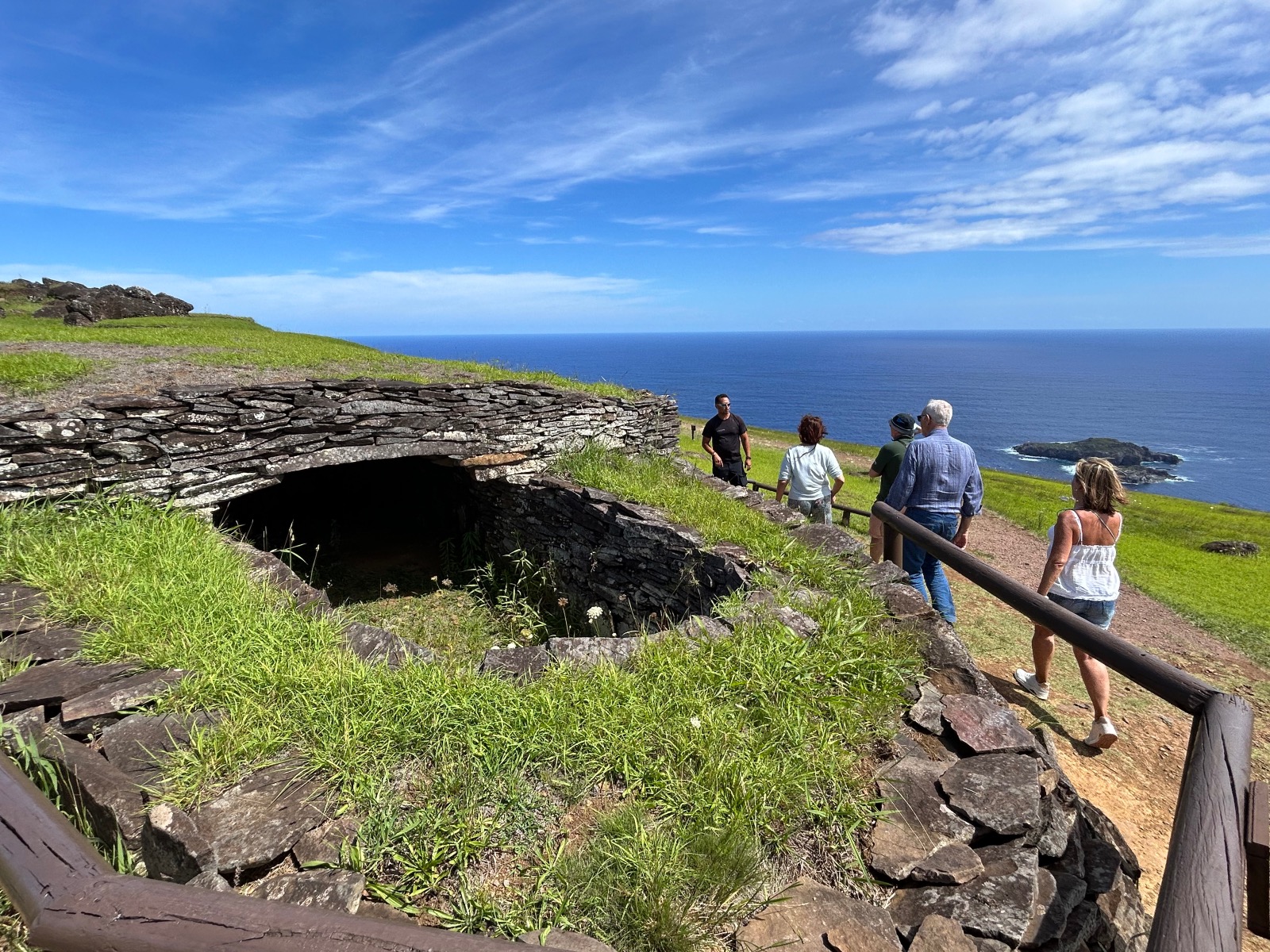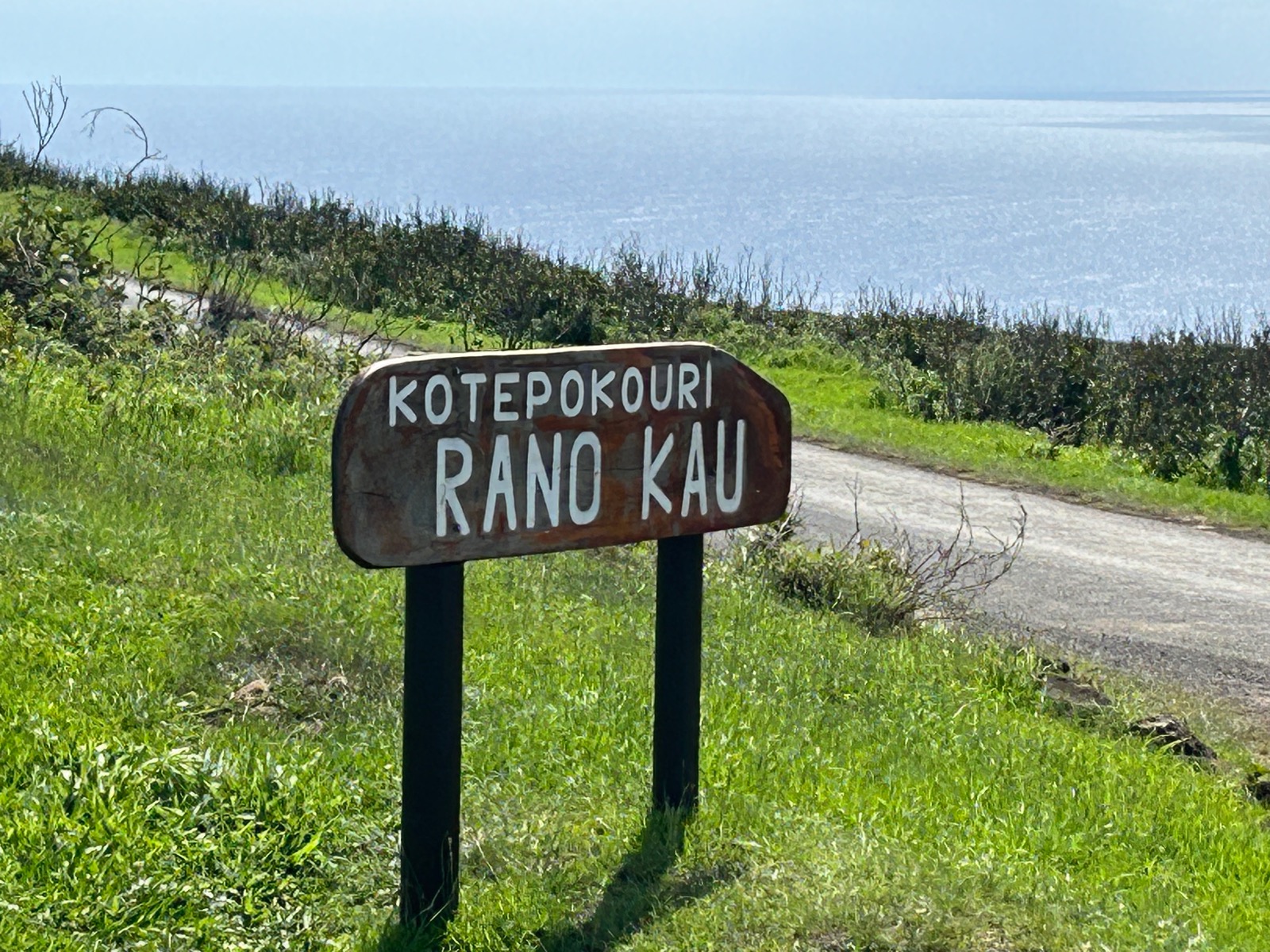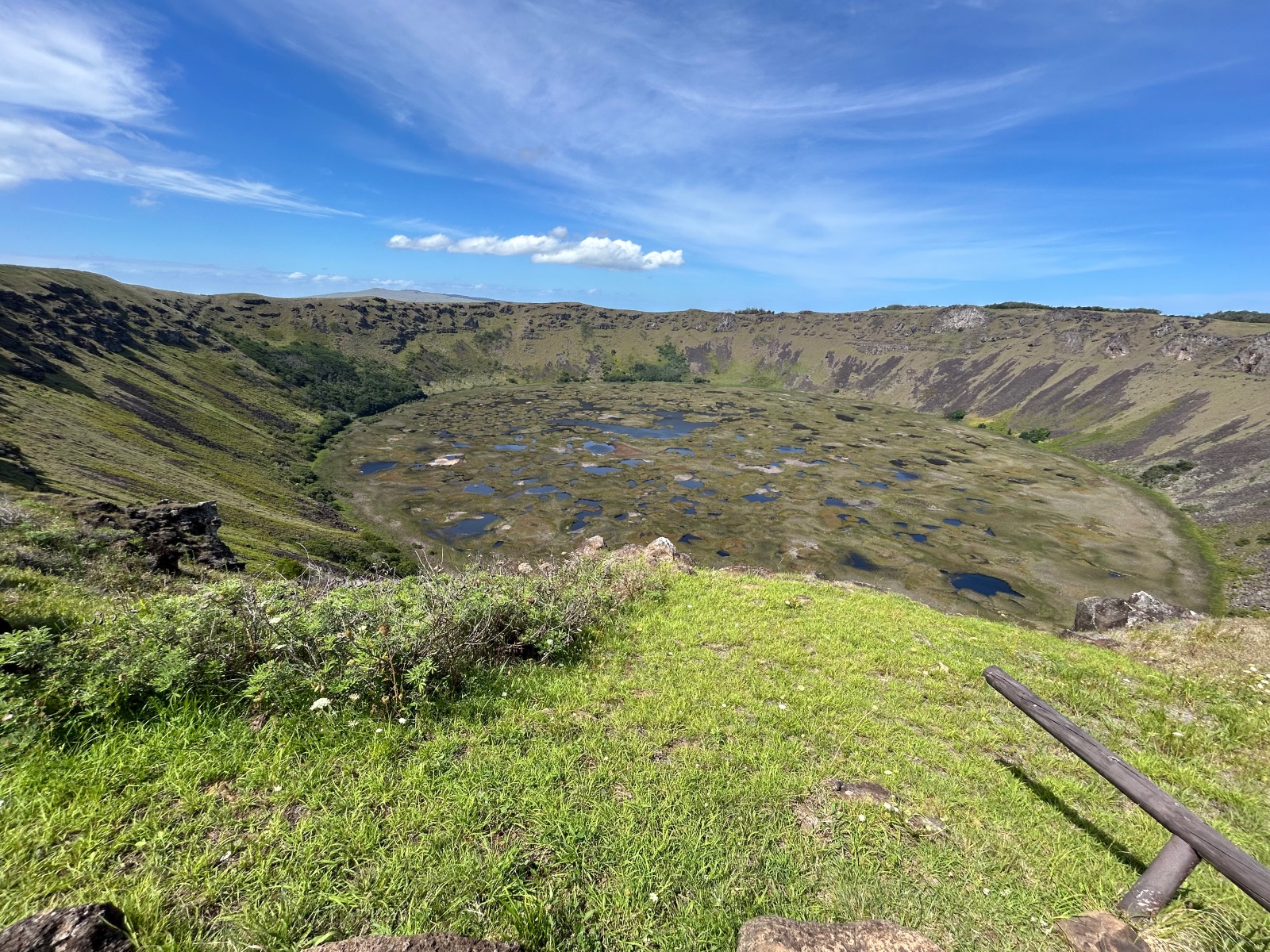Easter Island In-depth
Rano Raraku
This is the only volcanic cone tuff quarry existing on the island. This material allowed the construction of the moai on a larger scale. Rano Raraku houses the quarry where the moai were built and from where they were moved to the ahu (ceremonial platforms) on the island.
Tongariki
Located opposite to Rano Raraku this is the largest platform from all of the reconstructed on the island. The ahu Tongariki is the most imposing moai platform on the island. This altar has fifteen visible standing statues overlooking the island with their backs to the Pacific Ocean.
Anakena Beach
This beach is characterized by warm turquoise waters and coral sand. It is the main beach of the island and used to be the ancestral residence of the Miru Araki royal family. The ahu Nau Nau is undoubtedly one of the most accomplished Ahu on the island because of the refinement of its moai.
Rano Kau
Located in the southwest side of the island the crater of this volcano is one of the most beautiful natural landscapes of Rapa Nui. With 1.5 Km large this crater is the biggest reserve of the endemic flora of Rapa Nui and its lake served as an important source of drinking water in ancient times.
Orongo
O'rongo village is located on one side of the Rano Kau volcano crater. Its spectacular scenic location, its archaeological and historic relevance, the diversity and complexity of the site, make Orongo village one of the most important attractions of the island. It's one of the two main sites on the island as in this place was celebrated the Birdman ceremony. It also has a visitor reception center with a permanent interpretive exhibition.
